About COVID-19
Source: WHO (World Health Organisation)
What is a coronavirus?
Coronaviruses are a large family of viruses which may cause illness in animals or humans. In humans, several coronaviruses are known to cause respiratory infections ranging from the common cold to more severe diseases such as Middle East Respiratory Syndrome (MERS) and Severe Acute Respiratory Syndrome (SARS). The most recently discovered coronavirus causes coronavirus disease COVID-19.
What is COVID-19?
COVID-19 is the infectious disease caused by the most recently discovered coronavirus. This new virus and disease were unknown before the outbreak began in Wuhan, China, in December 2019.COVID-19 is now a pandemic affecting many countries globally.
What are the symptoms of COVID-19?
The most common symptoms of COVID-19 are fever, dry cough, and tiredness. Other symptoms that are less common and may affect some patients include aches and pains, nasal congestion, headache, conjunctivitis, sore throat, diarrhea, loss of taste or smell or a rash on skin or discoloration of fingers or toes. These symptoms are usually mild and begin gradually. Some people become infected but only have very mild symptoms.
Most people (about 80%) recover from the disease without needing hospital treatment. Around 1 out of every 5 people who gets COVID-19 becomes seriously ill and develops difficulty breathing. Older people, and those with underlying medical problems like high blood pressure, heart and lung problems, diabetes, or cancer, are at higher risk of developing serious illness. However, anyone can catch COVID-19 and become seriously ill. People of all ages who experience fever and/or cough associated with difficulty breathing/shortness of breath, chest pain/pressure, or loss of speech or movement should seek medical attention immediately. If possible, it is recommended to call the health care provider or facility first, so the patient can be directed to the right clinic.
How does COVID-19 spread?
People can catch COVID-19 from others who have the virus. The disease spreads primarily from person to person through small droplets from the nose or mouth, which are expelled when a person with COVID-19 coughs, sneezes, or speaks. These droplets are relatively heavy, do not travel far and quickly sink to the ground. People can catch COVID-19 if they breathe in these droplets from a person infected with the virus. This is why it is important to stay at least 1 meter) away from others. These droplets can land on objects and surfaces around the person such as tables, doorknobs and handrails. People can become infectedby touching these objects or surfaces, then touching their eyes, nose or mouth. This is why it is important to wash your hands regularly with soap and water or clean with alcohol-based hand rub.
WHO is assessing ongoing research on the ways that COVID-19 is spread and will continue to share updated findings.
Can COVID-19 be caught from a person who has no symptoms?
COVID-19 is mainly spread through respiratory droplets expelled by someone who is coughing or has other symptoms such as fever or tiredness. Many people with COVID-19 experience only mild symptoms. This is particularly true in the early stages of the disease. It is possible to catch COVID-19 from someone who has just a mild cough and does not feel ill.
Some reports have indicated that people with no symptoms can transmit the virus. It is not yet known how often it happens. WHO is assessing ongoing research on the topic and will continue to share updated findings.
How can we protect others and ourselves if we don't know who is infected?
Practicing hand and respiratory hygiene is important at ALL times and is the best way to protect others and yourself.
When possible maintain at least a 1 meter distance between yourself and others. This is especially important if you are standing by someone who is coughing or sneezing. Since some infected persons may not yet be exhibiting symptoms or their symptoms may be mild, maintaining a physical distance with everyone is a good idea if you are in an area where COVID-19 is circulating.
What should I do if I have come in close contact with someone who has COVID-19?
If you have been in close contact with someone with COVID-19, you may be infected.
Close contact means that you live with or have been in settings of less than 1 metre from those who have the disease. In these cases, it is best to stay at home.
However, if you live in an area with malaria or dengue fever it is important that you do not ignore symptoms of fever. Seek medical help. When you attend the health facility wear a mask if possible, keep at least 1 metre distant from other people and do not touch surfaces with your hands. If it is a child who is sick help the child stick to this advice.
If you do not live in an area with malaria or dengue fever please do the following:
What can I do to protect myself and prevent the spread of disease?
Stay aware of the latest information on the COVID-19 outbreak, available on the WHO website and through your national and local public health authority. Most countries around the world have seen cases of COVID-19 and many are experiencing outbreaks. Authorities in China and some other countries have succeeded in slowing their outbreaks. However, the situation is unpredictable so check regularly for the latest news.
You can reduce your chances of being infected or spreading COVID-19 by taking some simple precautions:
Does WHO recommend wearing medical masks to prevent the spread of COVID-19?
Currently, there is not enough evidence for or against the use of masks (medical or other) in healthy individuals in the wider community. However, WHO is actively studying the rapidly evolving science on masks and continuously updates its guidance.
Medical masks are recommended primarily in health care settings, but can be considered in other circumstances (see below). Medical masks should be combined with other key infection prevention and control measures such as hand hygiene and physical distancing.
How to properly wear a medical mask?
If you choose to wear a mask:
How long does the virus survive on surfaces?
The most important thing to know about coronavirus on surfaces is that they can easily be cleaned with common household disinfectants that will kill the virus. Studies have shown that the COVID-19 virus can survive for up to 72 hours on plastic and stainless steel, less than 4 hours on copper and less than 24 hours on cardboard.
As, always clean your hands with an alcohol-based hand rub or wash them with soap and water. Avoid touching your eyes, mouth, or nose.
How are we dealing with COVID-19
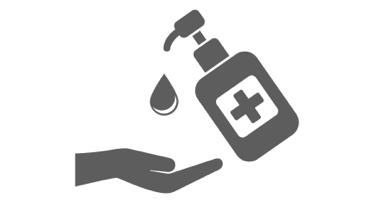
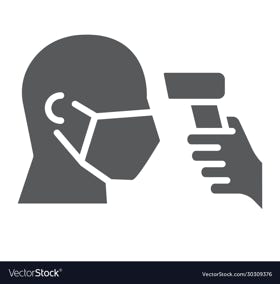
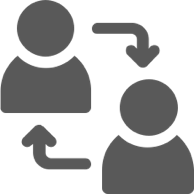

Availability of Alcohol-based hand sanitizers at the entry points and every row inside the office premises
Temperature checks for all employees every morning and afternoon
Ensuring social distance between two working individuals
Gathering of employees is strictly restricted inside the office premises and building campus
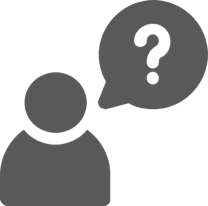
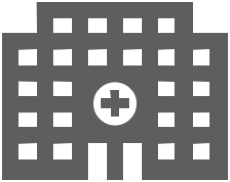
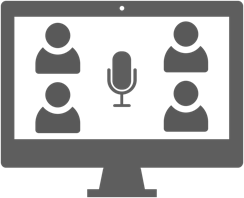
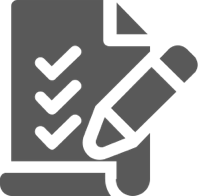
COVID-19 prevention posters pasted inside office premises to encourage hygiene
Details of hospitals treating COVID-19 pasted inside office premises
Conducting online meetings and restriction of gathering at conference halls
Providing digitally signed invoices to customers
#SafetyFirst
Field Engineers
equipped with safety gears
InfoTrack
Industries
Copyright © 2023 Infotrack Telematics Pvt. Ltd. All rights reserved.